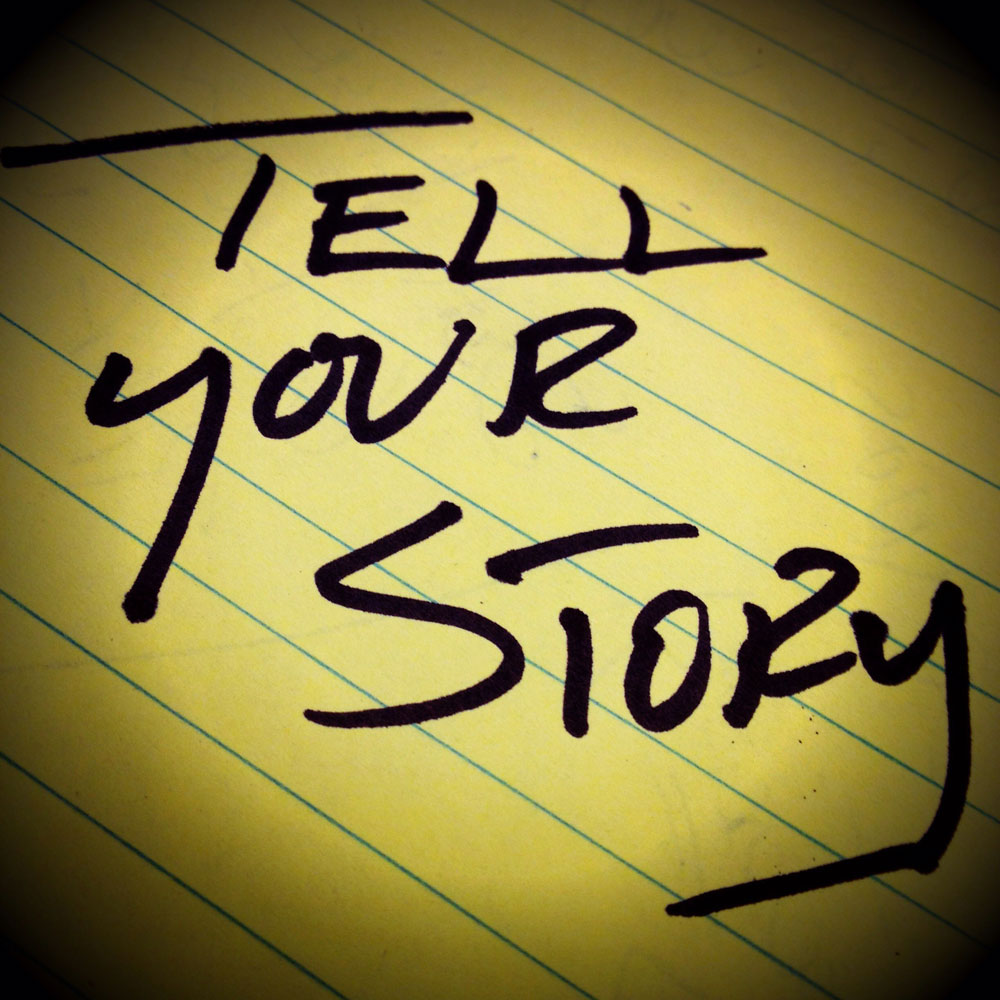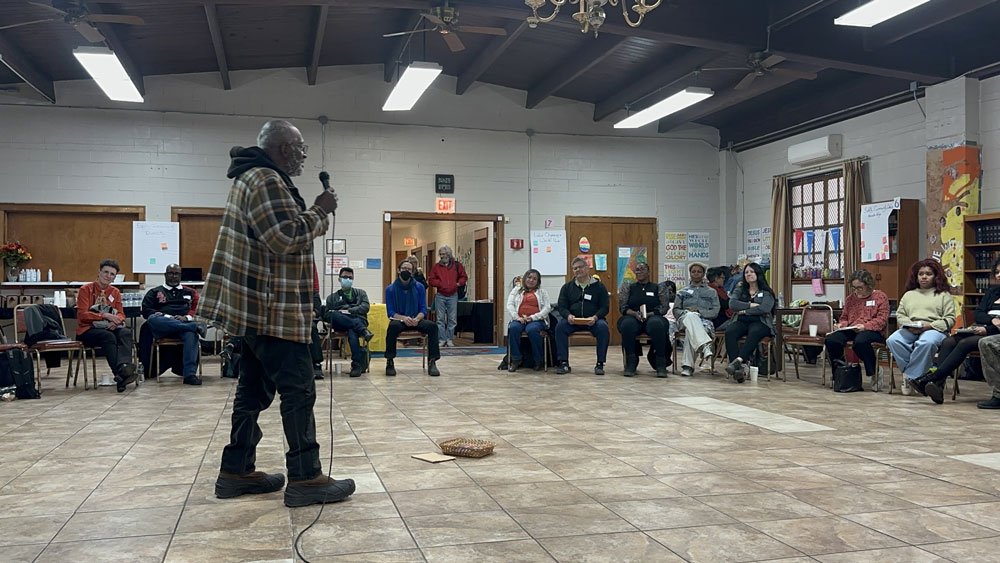
April 15, 2020; New York Times
A Facebook post. A note in your phone. A list on scratch paper. Neat journal entries in your journal or planner. A video conference or text conversation between family. All seemingly mundane; all potential time capsules for our lived experiences of the COVID-19 pandemic of 2020.
Universities and institutes around the world are looking to record what life is like during the COVID-19 pandemic through written documents, oral histories, and artifacts. History projects may focus primarily on the past, but in monumental times, organizations are challenged to capture history in the moment. This “rapid response collecting” has been used for decades to capture events such as September 11, 2001; the 2016 shooting at Pulse Nightclub; and the Women’s Marches.
From fear of transmission and the vulnerability of loved ones to the benefits of staying at home, organizations are working to capture the complexity of our current moment.
StoryCorps has rolled out a new project called StoryCorps Connect that enables participants to record interviews with loved ones over videoconferencing technology. Each interview will be kept at the American Folklife Center at the Library of Congress.
In their press release, the National Museum of American History recognizes that the pandemic has impacted all aspects of life, making the recording of the event an enormous project. They share that “curators will look at the impact on individuals, institutions and communities as they document the diverse perspectives and experiences related to this historic moment.”
Sign up for our free newsletters
Subscribe to NPQ's newsletters to have our top stories delivered directly to your inbox.
By signing up, you agree to our privacy policy and terms of use, and to receive messages from NPQ and our partners.
A Journal of the Plague: An Archive of COVID-19, founded at Arizona State University, has amassed 1,400 entries from 500 contributors around the world. They are not only requesting submissions, but also allow for browsing through their collection.
“What we as contributors record is what the future generations will remember,” a project director shared with the New York Times.
Not all efforts are being run by large organizations, either. Neumann University students in Pennsylvania continue to run their school radio station from their own homes as they socially distance. Their Coronavirus Diaries project airs stories that people have recorded on the voice memo app on their phone to help their listeners feel more connected and to build an archive of the pandemic experience.
Meanwhile, artists have also been challenged to capture the moment. Sound artist Alan Nakagawa is collaborating with the Orange County Museum of Art (OCMA) and asked the public to send him COVID-19 poetry in order to create a sound collage of collective haikus in a project called “Social Distancing, Haiku and You,” scheduled to be released April 23.
These organizations’ efforts are not just for future historians. The stories and conversations build connection between people in a time of great isolation. It is an opportunity to not only share common experiences but also to recognize how the virus has uniquely impacted different individuals and communities.—Julie Euber











